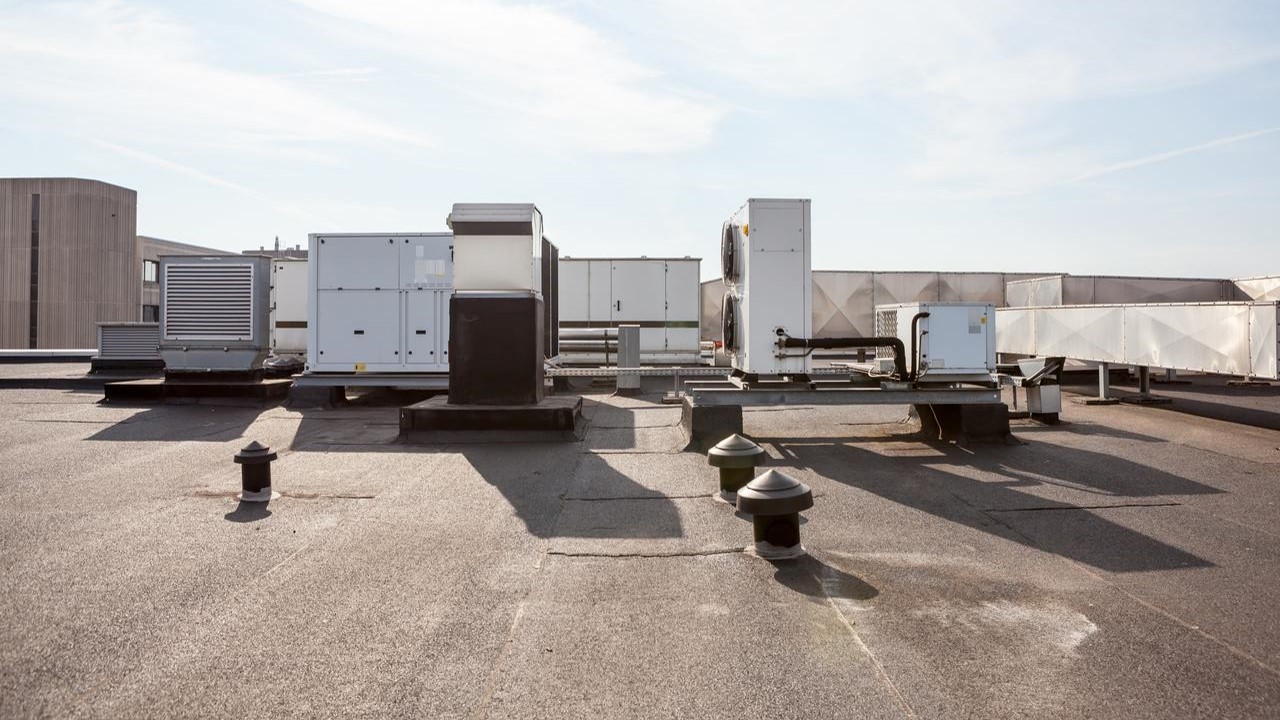Advancements in battery technology, regulatory requirements, and the growing desire to reduce the use of fossil fuels are driving the demand for the production of electric vehicles (EVs). They have contributed to the rapid growth of this market, which is expected to increase annually. While there are several methods for fueling vehicles, the fastest-growing energy source is now batteries, specifically lithium-ion batteries. As with any vehicle, the driver must stop and refuel, or in the case of electric vehicles, recharge the battery. There are several safety considerations to remember when recharging an electric vehicle's battery, including the difference between the three types of electric vehicles in the marketplace today.
Hybrid Electric – Vehicles with a low-emission electric motor to bolster a gas-powered engine. The energy initially comes from gasoline, and the battery is charged through braking.
Plug-in Hybrid Electric – Similar to a hybrid, but has a larger battery (12 kWh) and can be plugged in to charge in addition to being charged through braking. These can usually drive 25-50 miles on their battery before the gas engine takes over.
Battery Electric – Fully electric vehicles with a large rechargeable battery (66 kWh) and no gasoline engine. These are recharged from the electric grid.1
Lithium-ion (Li-ion) battery technology currently provides the most cost-effective solution for EV battery packs. These batteries can store large amounts of energy while simultaneously being charged through various charging stations.
Lithium-Ion Battery Hazards
There are many Lithium-ion battery chemistries, some more stable than others. Since lithium is highly water-reactive, a common feature is combustible electrolytes. There is a thermal runaway risk when using combustible electrolytes.
A thermal runaway with a Lithium-ion battery is usually caused by the following:
- A battery that is mechanically, physically, or electrically damaged
- Contamination and poor quality control during cell manufacturing
- Short circuit or overcharge condition caused by the battery charger/charging system
- High-temperature exposure from an adjacent event
Modern vehicle design and construction are accounting for these scenarios to provide better protection of the batteries. The vehicles have onboard battery monitoring systems that monitor the integrity and charge cycle of the battery. These systems also won’t allow the batteries to be used or charged too fast. The batteries and their “compartments” are becoming robust to withstand harsh environmental conditions such as hot/cold temperatures, water, and road salt.
Charging Configuration
When it comes to charging an electric vehicle, there are several options to choose from, which depend on the amount of electricity available and the speed you want to charge the vehicle.
Level 1: Standard Wall outlet (120 volts) – Recharge at the rate of 5 miles of range per hour and is best used for overnight charging. No special installation is required; plug it into a standard outlet and use it. These are portable units.
Level 2: 240-Volt outlet – Recharge at the rate of 25 miles per hour and is often found in public areas or installed professionally at a building or home. Better for quick charging and can get a full charge in about 8 hours.
Level 3: DC Fast Charging (400-1000 volts) – Recharge up to 250 miles of range per hour and is currently the fastest charging option. These chargers are typically found on the road at dedicated charging stations.2
Best Practices
All wiring and equipment should be suitable for their location and operate without significant deterioration during their working life. EV charging circuits must be fit for purpose and suitably sized for the electrical load. Regardless of the type of charger you are utilizing, follow these best practices:
- Install charging stations using a licensed electrician in accordance with the latest edition of NFPA 70, National Electric Code (NEC).
- Establish a new and dedicated circuit for EV Charging Devices using a licensed electrician following NFPA 70. Install the outlet/circuit with a Ground Fault Circuit Interrupter (GFCI), per NFPA 70.
- Purchase, install, and utilize charging devices and components that are UL Listed or other Nationally Recognized Testing labs (NRTLs), such as ETL Intertek or TUV.
- Plug EV chargers directly into an outlet and never use extension cords or outlet adapters.
- Protect charging stations from external damage with parking blocks or bollards.
- Routinely inspect your EV charger for damage. Servicing and maintenance should only be carried out by a qualified, licensed electrician or factoryauthorized representative in accordance with the manufacturer’s recommendations.
- Do not charge non-listed EVs or devices (e.g., e-bikes or e-scooters).
- Keep EV chargers away from water and avoid parking vehicles to be charged in standing water.
- EV parking spaces should be clearly marked, with procedures set for parking duration.
- Consider smoke detection installation and/or sprinkler protection for charging stations inside a garage.
- Provide signage for charging areas and prominently mark the ground to prevent stretching and damage to the charging cables.
- Install chargers above grade, such as on a raised island.
- Monitor charging areas with CCTV cameras.
- Have a routine inspection process to identify areas of concern (physical damage, excessive wear and tear, etc.) and a plan to respond.
- Never charge an electric vehicle involved in an accident until the vehicle/battery has been thoroughly inspected.
- An emergency cut-off of power supply of EV charging facility should be provided as per HKFSD’s requirement. This cut-off can be done by activating an emergency switch at prominent positions (I.e. vehicle entrance(s), fire control centre). This cut-off should be able to cut the power supply of EV charging facilities in the carpark.
Firefighting
Vehicle fires can be difficult to extinguish for first responders. For an EV fire, the fire department may encounter a lithium-ion battery system that has stored energy capable of burning and reigniting for an extended time. Thermal runaway can cause EV batteries to function as an ignition source.
If you are considering installing a charging station at your business and can choose the location, consider the proximity of the nearest fire hydrant. If installing in a garage, attempt to place the designated EV charging station closest to the exterior entrance to ease fire department access. Lastly, if installing on the exterior, ensure the area is properly lighted, marked, and, if possible, at least 50 feet from the structure.
Resources
NFPA 70, National Electric Code (NEC)
NEC Article 625, Electric Vehicle Charging and Supply Equipment Systems
Underwriters Laboratories (UL), https://www.ul.com/services/electric-vehicle-ev-charging-infrastructure-services
Connect with Us
For more information about protecting your company, contact your local Chubb Risk Engineer, email us at Silvester.lau@chubb.com.
- U.S. Department of Transportation, https://www.transportation.gov/rural/ev/toolkit/ev-basics/vehicle-types
- Plug In America, https://pluginamerica.org/dc-fast-charging-for-electric-vehicles/
- FSD circular letter 4/2020. Additional Fire Safety Requirement For Carparking Facilities installed with EV charging facilities. https://www.hkfsd.gov.hk/eng/source/circular/2020_04_eng_20200731_110104.pdf
- https://www.emsd.gov.hk/filemanager/en/content_444/Charging_Facilities_Electric_Vehicles.pdf
- https://www.td.gov.hk/en/public_services/licences_and_permits/vehicle_first_registration/guidelines_for_imp_reg_of_pev_and_phev/index.html
- https://www.epd.gov.hk/epd/english/environmentinhk/air/promotion_ev/promotion_ev.html
Insights and Expertise






No part of this article may be reproduced in any written, electronic, recording, or printed form without written permission of Chubb.
Disclaimer - All contents of this article are intended for general information/guidance purposes only and not intended to be an offer or solicitation of insurance products or personal advice or a recommendation to any individual or business of any product or service. This article should not be relied on for legal advice or policy coverage and cannot be viewed as a substitute to obtaining proper legal or other professional advice, or for reading the policy documents. You should read the policy documents to determine whether any of the insurance product(s) discussed are right for you or your business, noting different limits, exclusions, terms and conditions apply in each country or territory, and not all cover is available in all countries or territories.











